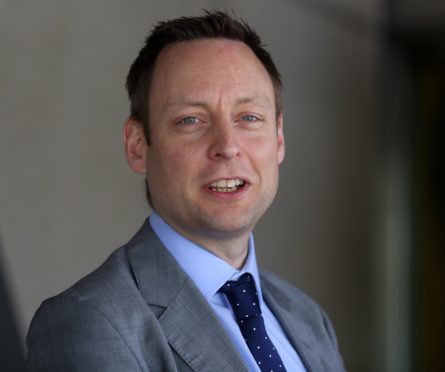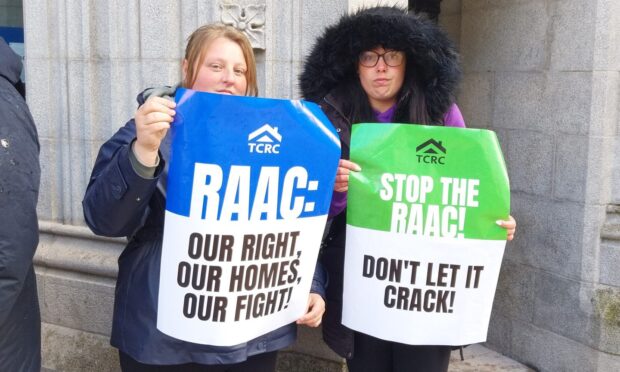Worrying new figures have revealed there are more than 14 pupils for every Aberdeen teacher- the worst ratio since records began.
The city’s inability to attract sufficient numbers of teachers to fill classroom posts has been an issue for some time.
And empty posts have been linked to rising pressure upon teachers and classrooms – and increasingly to concerns that quality of education will suffer.
The statistics show the Granite City has 1,636 teachers, providing a ratio of 14.1 pupils to each teacher this year, compared to 12.8 in 2003, when records were first kept.
Renfrewshire and West Lothian share the unwanted distinction of having the highest ration in Scotland.
While 12 more professionals have been hired in the city this year, concern has been raised that the recruitment rate lags well behind central belt councils.
There was a rise of 243 in Glasgow managed to increase its number by 243 in the same period, while Edinburgh added 65 and North Lanarkshire 44.
Other north and north-east authorities have suffered alongside Aberdeen, however, with 25 fewer teachers in neighbouring Aberdeenshire this year compared to 2017 – providing a ratio of 13.5.
The Highlands have increased their teacher numbers by 25 this year, to a ratio of 12.9, Moray have hired 12 more, giving a ratio of 13.7.
Orkney has lost three (11.1) and Shetland lost one (10.1), while the Western Isles retained the same number of teachers, giving a pupil/teacher ratio of 10.2.
Many schemes have been tried to attract teachers north- with it emerging last month that nearly £600,000 of taxpayers’ cash had been paid out by Aberdeen City, Aberdeenshire and Highland councils to attract them with packages.
The figure came to 75% of the Scottish total.
Scottish Conservative MSP Liam Kerr said that the findings were further evidence of “SNP failure” in the delivery of education.
He said: “We all know that education was supposed to be Nicola Sturgeon’s top priority.
“But there is precious little evidence of that in the north-east of Scotland.
“The record high pupil-teacher ratio is very worrying at a time when staff are already under huge pressure.
“There is no doubt that the strain will be taking its toll on teaching and support staff, but there will also be an impact on pupils.
“This all adds to the evidence of SNP failure in education – particularly here in the north-east.”
John Finlayson, chairman of Highland council’s care committee, said: “Teacher recruitment is certainly a priority for the Highland Council.
“The most important thing for us is to try and stabilise our teaching workforce across the Highlands.
“It is a matter of not only trying to get staff, but to retain staff.
“Certainly over the last year Highland Council has been very proactive in recruiting staff. We have recruited a number of Canadian teachers.”
But Aberdeen Liberal Democrat councillor Martin Greig, an opposition member in the city, pointed the finger of blame at council administrations.
He said: “Edinburgh and Aberdeen are comparable cities in terms of wealth, and Edinburgh has more competition from private schools, but it has nonetheless managed to recruit a lot more teachers.
“This issue has been swept under the carpet by an administration determined to blame the Scottish government.
“Quite simply councils have not done enough to attract teachers to the area and there is a complacency about the issue.”
A Scottish Government spokesman said: “We have taken a number of actions to help local authorities facing teacher recruitment challenges, including investing £88 million to support teacher numbers, which have increased for the third consecutive year.
“Our ambitious reform agenda is aimed at making teaching an attractive career choice, and we have taken decisive action to recruit and retain teachers through our Teaching Makes People campaign, creating new routes into the profession and making bursaries of £20,000 available for career changers to train in priority subjects.
“The range of alternative routes into teaching, some of which are specific to the north- east of Scotland, include distance learning programmes for local authority staff to train part-time to become qualified teachers; support to primary and secondary teachers who have had a career break or are new to the Scottish Education system; and a full time pathway for becoming a Secondary STEM teacher in rural areas of Scotland.”










